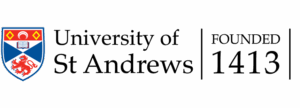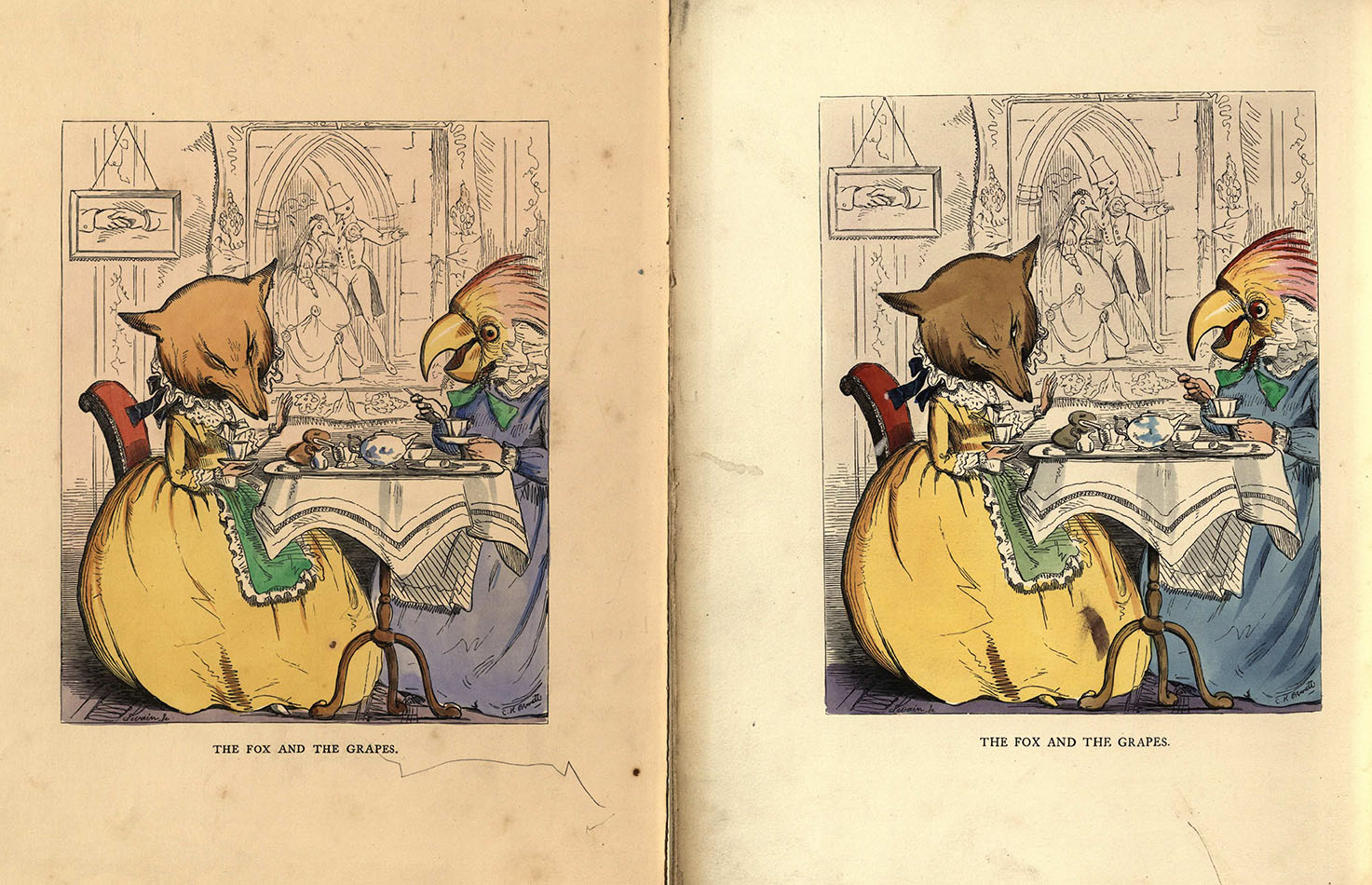“It is a truth universally acknowledged, that a Special Collections Division in possession of good books, must have a backlog of unaccessioned material”.
Okay, so this perhaps doesn’t quite roll off the tongue like the opening sentence of Jane Austen’s Pride and Prejudice (which, coincidentally, contains characters with the surnames Darcy and Bennet…), but I think it sums up the situation quite well. Special Collections are repositories for the unique and distinctive, for the rare and valuable, and as such can often be the focus of donations, or transfers of stock from the lending side of the library within which they operate. Very often there just aren’t the staff to deal with everything right at the moment of receipt. Here at the University of St Andrews Library we have a good mix of permanent, project, casual and voluntary staff in all areas of our work, but just over 20 years ago we had only 3 permanent staff. And we’ve been accepting donations for over 600 years…

So it really is inevitable that over the years some sort of backlog is going to build up. Perhaps it’s a shelf (if you’re lucky), or perhaps a wall, or even a room…
Well, across Special Collections at present, and in the Rare Books team at St Andrews in particular, we’re fortunate enough to be tackling our backlog of unaccessioned gifts (and I’ll admit that it’s a little more than a shelf…). My delving into this backlog is throwing up some lovely items, and so it’s my intention, when the mood takes me, to share with you through occasional blog posts some of the more interesting or quirky books.

In March 1989, Miss Ruth D’Arcy Thompson, whose father was D’Arcy Wentworth Thompson, Professor of Natural History at St Andrews from 1917 until 1948, donated a collection of books to the University. Amongst those which caught my eye were those by Charles H. Bennett, a prolific Victorian illustrator who pioneered techniques in comic illustration.

Among Bennett’s best known and best loved books were his Shadows series, which began life as a series of caricatures for the Illustrated Times. These depicted shadows cast by an individual, which revealed something of their inner personality.


Between 1858 and 1859 these images were issued in ten parts by William Kent, matched with poetry and prose by Robert Barnabas Brough. In 1860 they were published together under the title Shadow and Substance, some copies with the plates hand coloured. Whereas Shadows has no accompanying text, in Shadow and Substance the eidolograph (a magic lantern which casts a shadow depicting the subject’s true character) and the eidolographic process is described, whilst each portrait of “the most distinguished living celebrities” is accompanied by a “biographical, critical, or otherwise pertinent essay”.

In addition to adult humour, Bennett also illustrated over one dozen children’s stories. Amongst those donated by Miss D’Arcy Thompson we find The fables of Aesop and others, translated into human nature, and Old Nurse’s book of rhymes, jingles, and ditties. Both of these works illustrated Bennett’s love of adapting well-known tales and rhymes, adding his own style of humour.


Another children’s book which came as part of the donation is The surprising, unheard of and never-to-be-surpassed adventures of young Munchausen. Told over a series of twelve stories, we learn, amongst other things, how young Munchausen discovered the source of the Nile (by wearing stilts), and was catapulted into space by ‘essence of gravitation’ (where he found that the Dog Star “is not a dog at all, nor much of a star either”).

These are just some of the more interesting works (to me) which were gifted to the University, and I’ll be sure to share some more works when I’ve added them to our catalogue.
Briony Harding
Assistant Rare Books Librarian
Discover more from University Collections blog
Subscribe to get the latest posts sent to your email.


When I was a little girl in St Andrews, D’Arcy Thompson gave me a Victorian Children’s Book. It is called ‘Revolving Pictures: A Novel Picture Book of Dioramic Scenes’. I was told it had been his, and I always assumed that he had kept it since he was a little boy, but perhaps he bought these books for his children. It is quite fragile, and I can find no reference as to who produced the exquisite illustrations. I see the colour printing was done in Bavaria.
I liked going to their beautiful old house, and although D’Arcy was somewhat intimidating, his wife was the sweetest little person you could imagine.
Really interesting 🙂